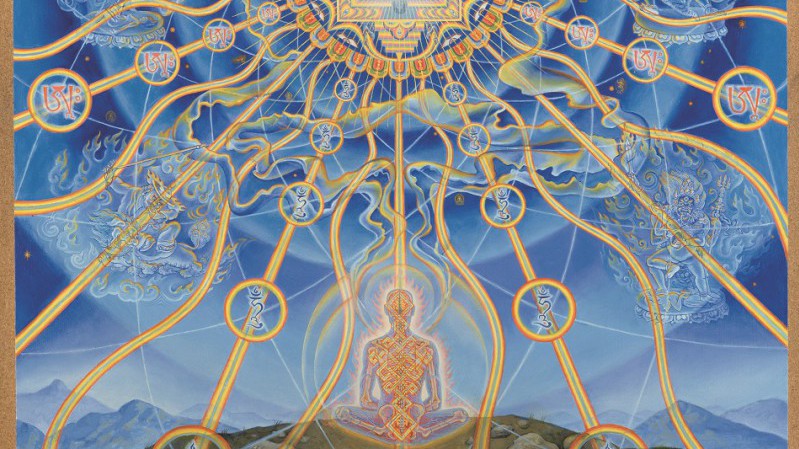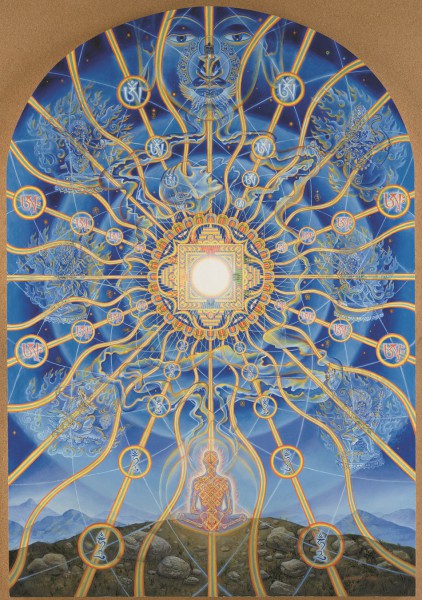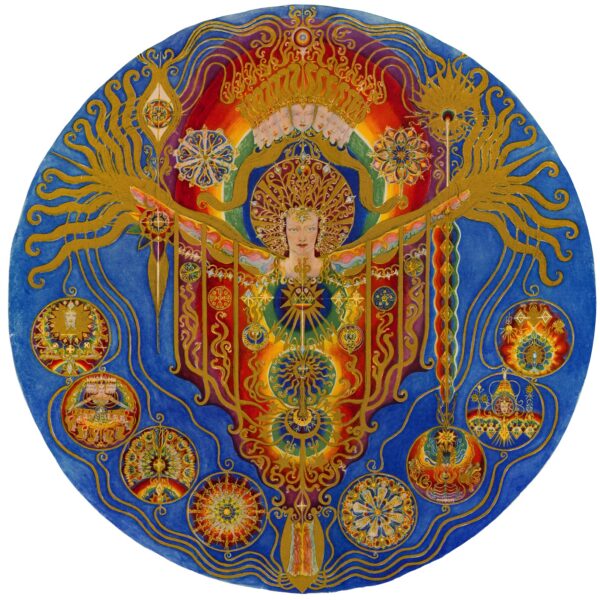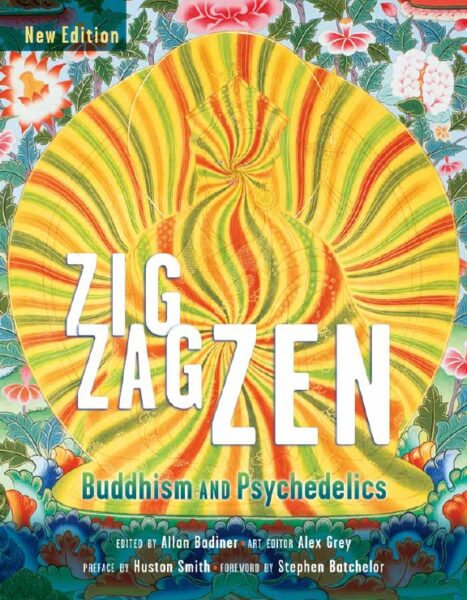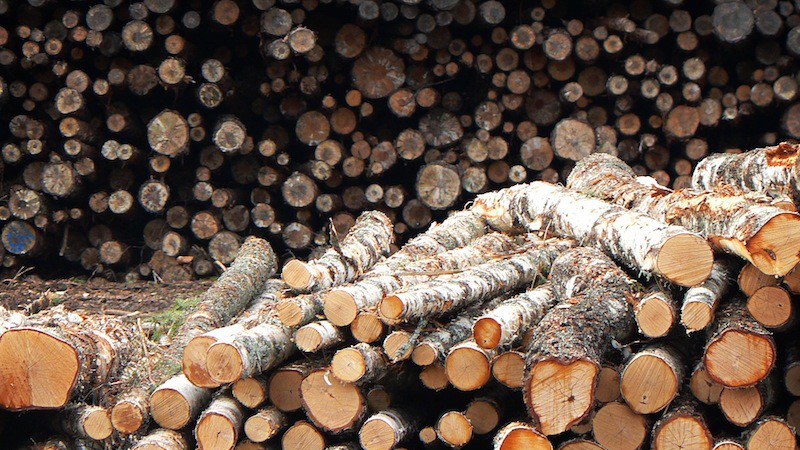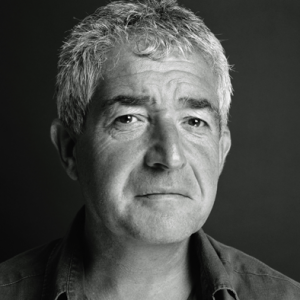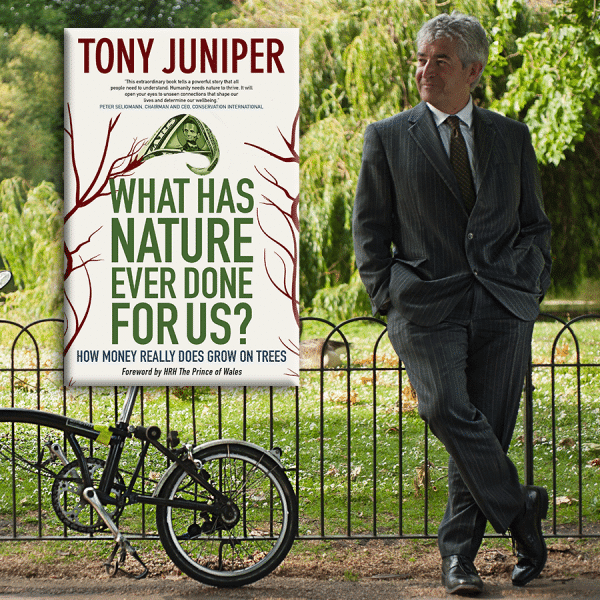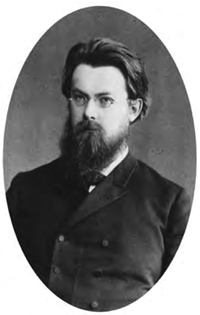Why is Ayahuasca so Popular Now?
What is Ayahuasca?
Ayahuasca is a sacred drink used for millennia by numerous indigenous groups primarily in the Upper Amazon and Orinoco basins for divination, healing, and other cosmogonic/shamanic purposes.
-from the Ayahuasca Reader
It’s known by many names throughout South America and is also known as yagé or yajé. The name ayahuasca translates to “vine of the soul” in Quechuan.
What is it made of?
Ayahuasca is a psychoactive brew or tea most commonly derived from Banisteriopsis caapi, a vine containing monoamine oxidase inhibitors (MAOIs), and the leaves of Psychotria viridis or other plant containing N,N-dimethyltryptamine (DMT), and often several other admixture plants.
-from the Multidisciplinary Association for Psychedelic Studies (MAPS)
Why do people use it?
There are many reasons why more people are choosing to drink ayahuasca including:
- spiritual and religious reasons
- shamanic journeying
- personal growth
- medicinal and therapeutic purposes
What kinds of medicinal and therapeutic properties does ayahuasca have?
It’s been gaining attention around the world for its ability to heal a wide range of diseases and conditions. Thousands of people report emotional, mental and physical healing from a wide range of conditions. To contribute to the abundance of anecdotal evidence, there have been more clinical studies scientifically investigating ayahuasca’s healing properties, including recent studies showing the effectiveness of a single use in treating recurrent depression, significant improvement among participants in therapy for treatment of addiction, and possible antitumor effects.
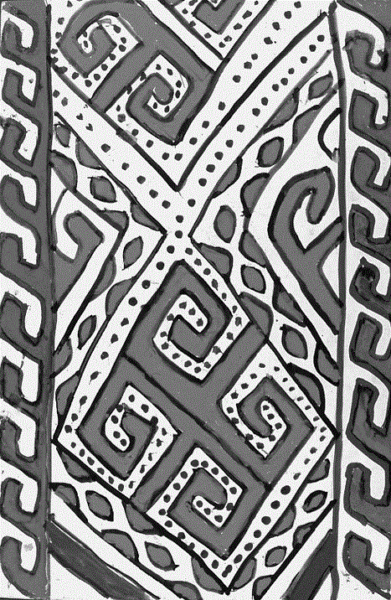
Untitled, gouache on paper, © Marlene Lopes Mateus, (Cashinahua, Brazil). Collection of Elsje Maria Lagrou. In the Ayahuasca Reader.
What are the religious or spiritual reasons for drinking ayahuasca?
People report an expanded sense of connection with all of life through visions that reveal the nature of reality. Oftentimes during ceremonies, healing songs or icaros are sung to guide participants through their journey.
In indigenous groups in Amazonia, shamans drink ayahuasca for many reasons that have spiritual significance, including to travel to other realms, gather information, finding and treating illnesses, and to communicate with other beings. For more detailed information on these rituals, see Ayahuasca Reader and Vine of The Soul: Medicine Men, Their Plants and Rituals in the Colombian Amazonia.
There are also several recognized churches that use ayahuasca as an entheogenic sacrament, including Santo Daime, Barquinha and União do Vegetal (UDV).
“Ayahuasca has a very insistent message. It’s one of those universals that almost everyone who drinks the brew sooner or later reports. It’s about the sacred, magical, enchanted, interconnected, infinitely precious nature of life on earth, and the interdependence of material and spiritual realms.” -Graham Hancock
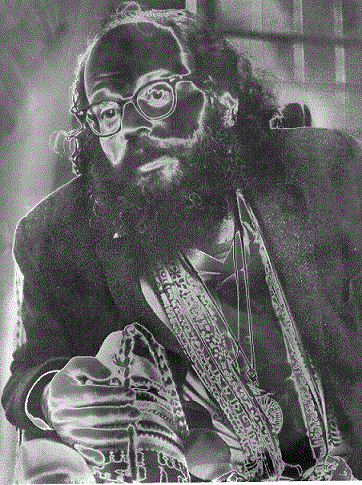
Allen Ginsberg, speaking at the University of Pennsylvania in 1967. Photograph © by Roberth Hahn. In the Ayahuasca Reader
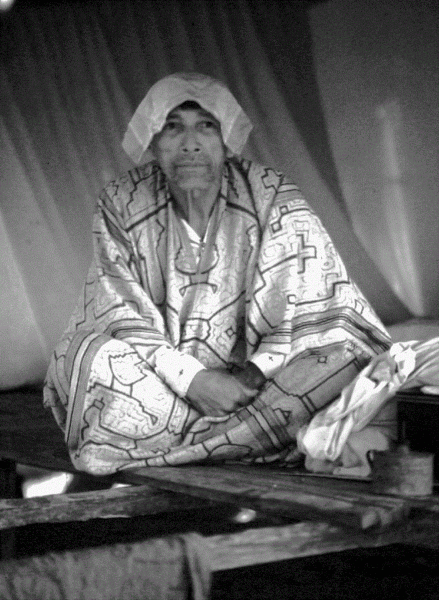
Don Ignacio, Shipibo shaman, Ucayali River. Photograph © Angelika Gebhart-Sayer. In the Ayahuasca Reader.
Who’s using it?
Indigenous groups in the Amazon have been using ayahuasca for thousands of years, with written records of ayahuasca ceremonies emerging in the early diaries of Spanish colonial priests.
In addition to the populations who have traditionally used ayahuasca, there has been a surge of interest among people all over the world. Many people including scientists, doctors, artists, musicians, writers, journalists, those who wish to be healed from disease and those who want to seek to go deeper within themselves.
Is it legal?
Ayahuasca is legal in many countries in South America. The United States Supreme Court has unanimously ruled in favor of the legal religious use of ayahuasca by the União do Vegetal, and the U.S. Court of Appeals for the Ninth Circuit has affirmed the Santo Daime Church’s freedom to use ayahuasca for religious purposes. However, ayahuasca’s principally active ingredient—DMT—remains a Schedule I controlled substance.
-from the Multidisciplinary Association for Psychedelic Studies (MAPS)
Why is ayahuasca so popular now?
At this critical moment in human history, we are seeing a remarkable increase in the use of Ayahuasca. This voice of this profound Amazonian plant teacher has been getting louder. It calls us to find balance with the rhythms of the planet. As we see the effects of consumeristic excess waging war on the planet, the message of ayahuasca calls us to raise our Earth consciousness by examining our lives and coming into a state of harmony.
“. . . the ubiquitous simultaneous therapeutic, religious, spiritual and medicinal roles of these plants have implications for understanding the nature of human consciousness and the spiritual.” -Michael Winkleman
How can I learn more?
Join us for a SYNERGETIC SYMPOSIUM & SALON on Earth Consciousness & Lore of the Amazon
Conversations on Ayahuasca, Ethnomedicine, and the Biospheric Imperative with
RALPH METZNER • DENNIS MCKENNA • RICK DOBLIN • ALLAN BADINER • JOHN ALLEN • VALERIE PLAME WILSON • GAY DILLINGHAM • MICHAEL GARFIELD
WEDNESDAY, APRIL 6 4:00 – 11:00 PM
Talks • Dinner • Visionary Art • Poetry • Music • Dancing
@ Synergia Ranch Santa Fe, New Mexico
You can also find a wealth of comprehensive writings and images in Ayahuasca Reader, more ethnobotanical information in Vine of The Soul: Medicine Men, Their Plants and Rituals in the Colombian Amazonia, and a discussion of ayahuasca and Buddhist practice in Zig Zag Zen: Buddhism and Psychedelics.

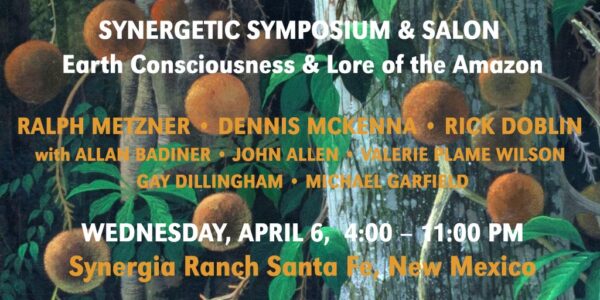
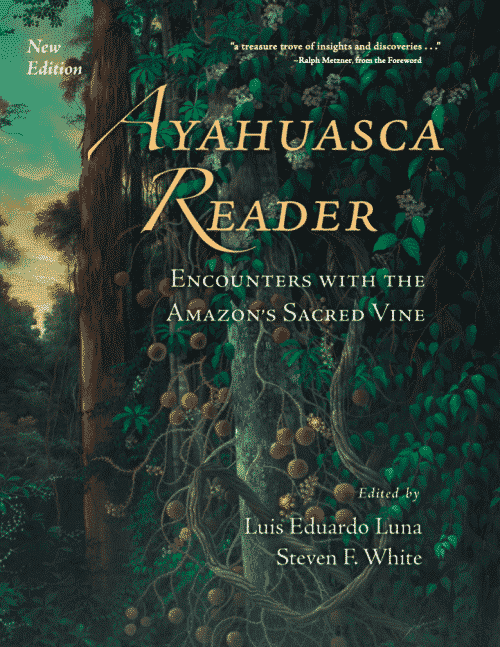
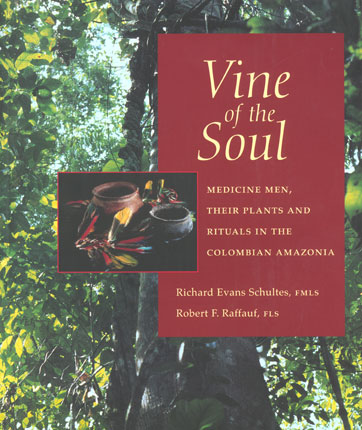
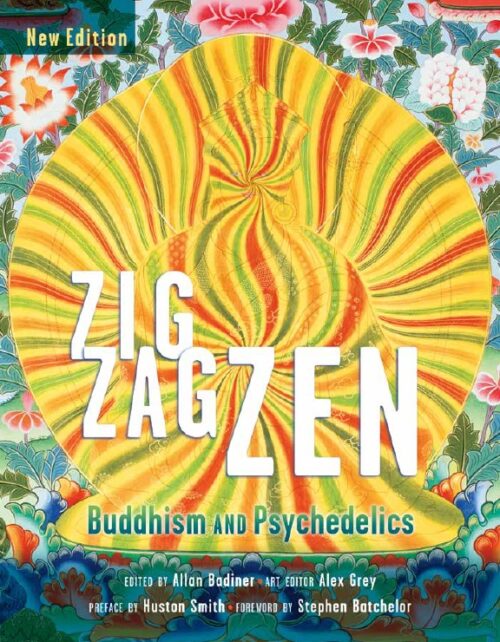
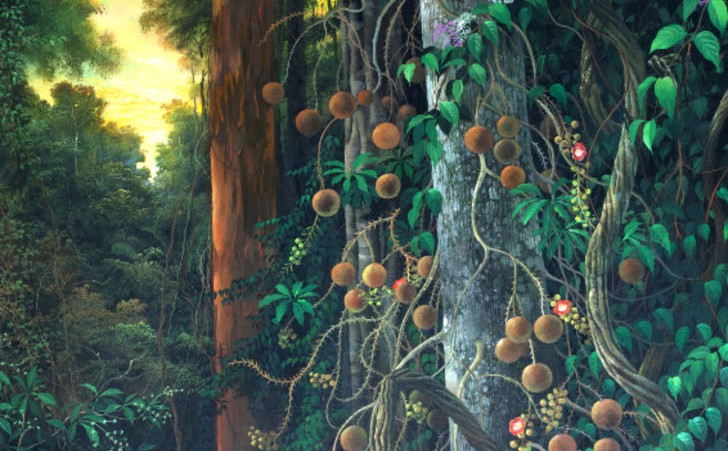

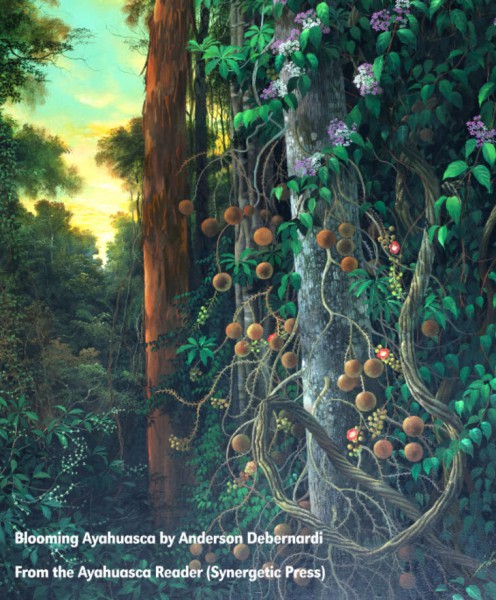
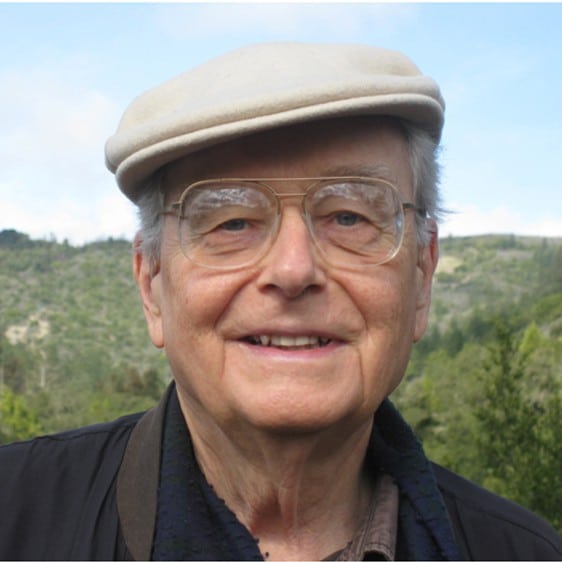
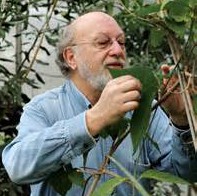
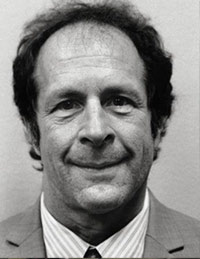
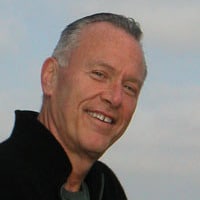
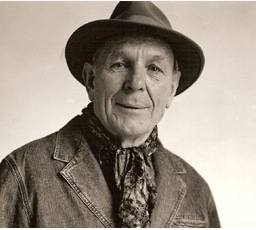
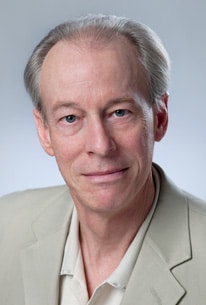

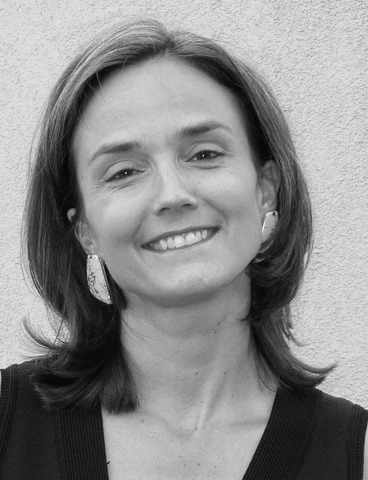 Gay Dillingham is Co-Founder, former President and Chair of Earthstone International, LLC, an environmental IP company manufacturing recycled glass into an engineered “white foam glass.” Gay served as Chair of the New Mexico Environmental Improvement Board for six of eight years of her tenure and passed historic greenhouse gas regulations in 2010. Gay owns a production company, CNS Communications, and is an award-winning producer/director. Her latest film,
Gay Dillingham is Co-Founder, former President and Chair of Earthstone International, LLC, an environmental IP company manufacturing recycled glass into an engineered “white foam glass.” Gay served as Chair of the New Mexico Environmental Improvement Board for six of eight years of her tenure and passed historic greenhouse gas regulations in 2010. Gay owns a production company, CNS Communications, and is an award-winning producer/director. Her latest film, 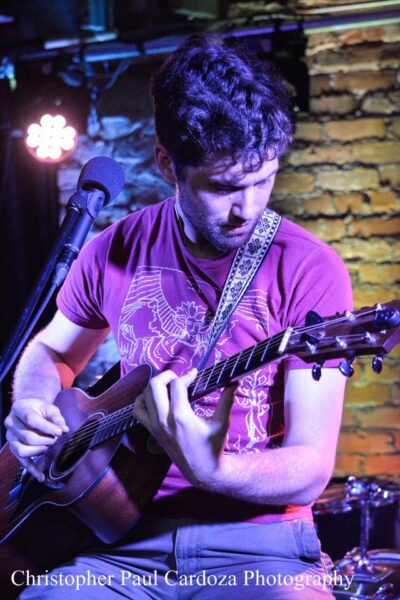 Michael Garfield writes music for the head and heart – intelligent, emotional performances that captivate attentive audiences and reward repeated listening. Alternately tender and apocalyptic, simultaneously chill and energetic, his intensely technical yet vulnerable music reimagines folk and psychedelic rock alike, updating “solo artist with guitar” to suit an age of existential wonder, cybernetic systems, and emerging planetary consciousness. Michael’s music has been featured in the award-winning PBS documentary series Arts in Context, as well as on numerous podcasts (including
Michael Garfield writes music for the head and heart – intelligent, emotional performances that captivate attentive audiences and reward repeated listening. Alternately tender and apocalyptic, simultaneously chill and energetic, his intensely technical yet vulnerable music reimagines folk and psychedelic rock alike, updating “solo artist with guitar” to suit an age of existential wonder, cybernetic systems, and emerging planetary consciousness. Michael’s music has been featured in the award-winning PBS documentary series Arts in Context, as well as on numerous podcasts (including 

 Forthcoming Titles
Forthcoming Titles